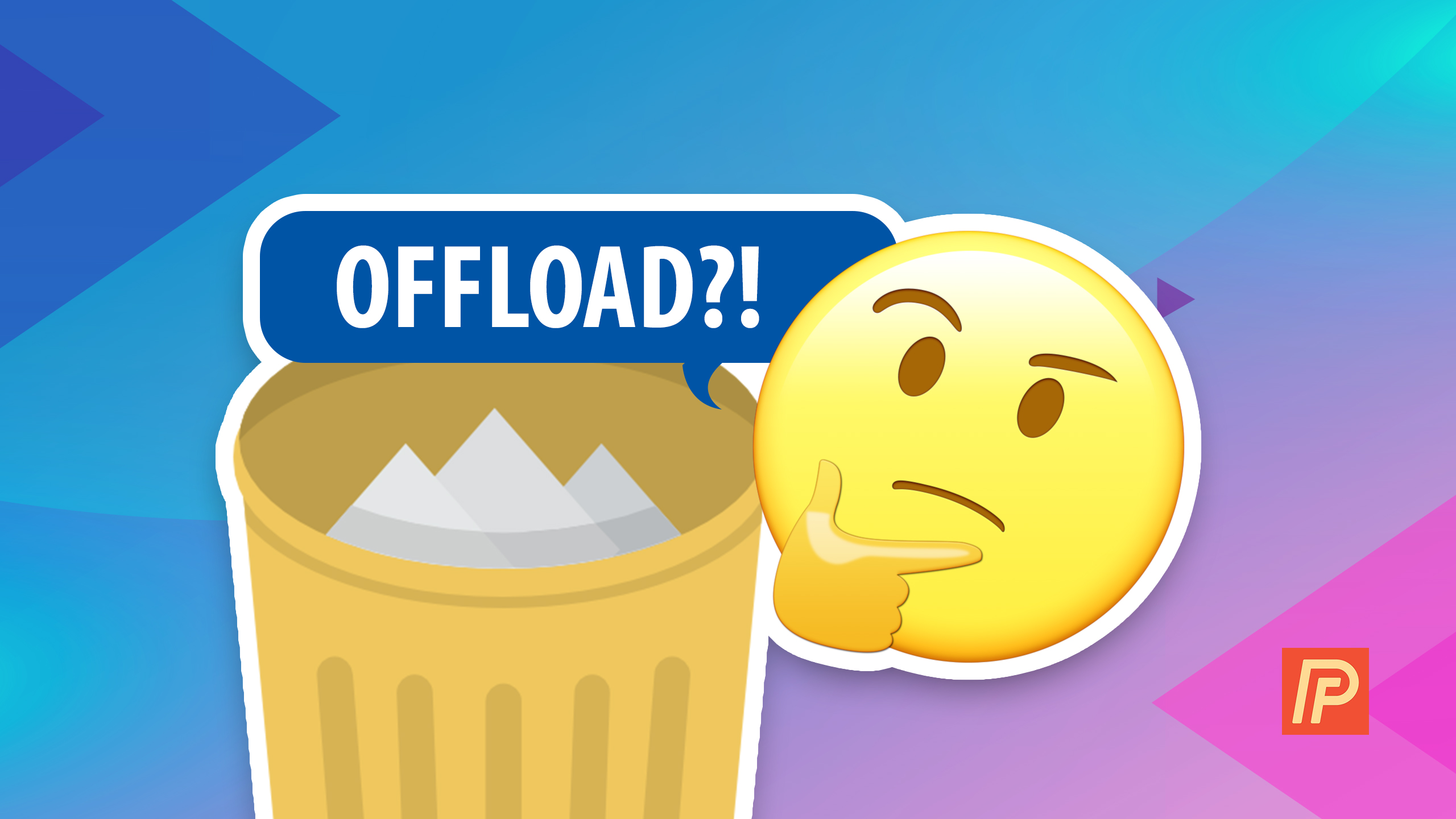Despite offering phones and tablets with ever-more onboard storage, Apple knows that people can still easily outpace available room as they download ever more apps and digital content for those apps. In iOS 11, Apple added an option to offload apps rather than just delete them as a compromise between apps you use and storage consumed.
Apr 11, 2018 The ability to offload apps from an iPhone or iPad offers an alternative method to save storage space on an iOS device, as offloading apps removes the app from the device while still preserving that apps related data. Jun 02, 2018 Offload an Unused App. If you have an app you don’t use much, but you don’t want to delete the app and its data, you can offload the app until you need it again.
When you delete an app from your iOS device, its icon disappears, the program bundle is removed, and any associated data gets deleted. But if you choose instead to offload an app, the icon remains in place and any app-related data is retained as well. Next to the app icon, you will see a special cloud download icon.
Apple offers two ways to offload apps:

Automatically. Visit Settings > General > iTunes & App Stores. Offload Unused Apps is enabled by default, although you can turn it off if you find this behavior confusing or inconvenient. iOS doesn’t warn you when it offloads apps to increase storage, so you may try to use an app you haven’t touched in a while, only to find that it’s been offloaded. This may be a problem if you don’t have affordable or sufficient bandwidth to download it on the spot.
Manually. Open Settings > General > iPhone/iPad Storage, and then swipe down to find apps you want to offload. Tap the app and then tap Offload App. iOS explains what that means, and you have to tap Offload App again in a pop-up menu.
The next time you want to use an app that’s been offloaded, you can simply tap it and it will be downloaded and reconnected to its cached data.
If you use Spotlight to find an app, iOS doesn’t show the cloud download icon in its app results list. Tap the icon to launch the app, and iOS alerts you that you’re trying to launch an app that has to download first. Unfortunately, iOS doesn’t tell you when the download is done. You either have to navigate to the app’s location on a home screen and wait for the visual indicator that shows it’s fully loaded, or you can keep tapping it at intervals in Spotlight until iOS stops telling you it’s still loading and actually launches the app.
Can You Offload Apps On Mac Without

Can You Offload Apps On Mac Desktop

Can You Offload Apps On Macbook
This Mac 911 article is in response to a question submitted by Macworld reader Lynn.
Ask Mac 911
Can You Offload Apps On Macbook Pro
We’ve compiled a list of the questions we get asked most frequently along with answers and links to columns: read our super FAQ to see if your question is covered. If not, we’re always looking for new problems to solve! Email yours to mac911@macworld.com including screen captures as appropriate, and whether you want your full name used. Every question won’t be answered, we don’t reply to email, and we cannot provide direct troubleshooting advice.